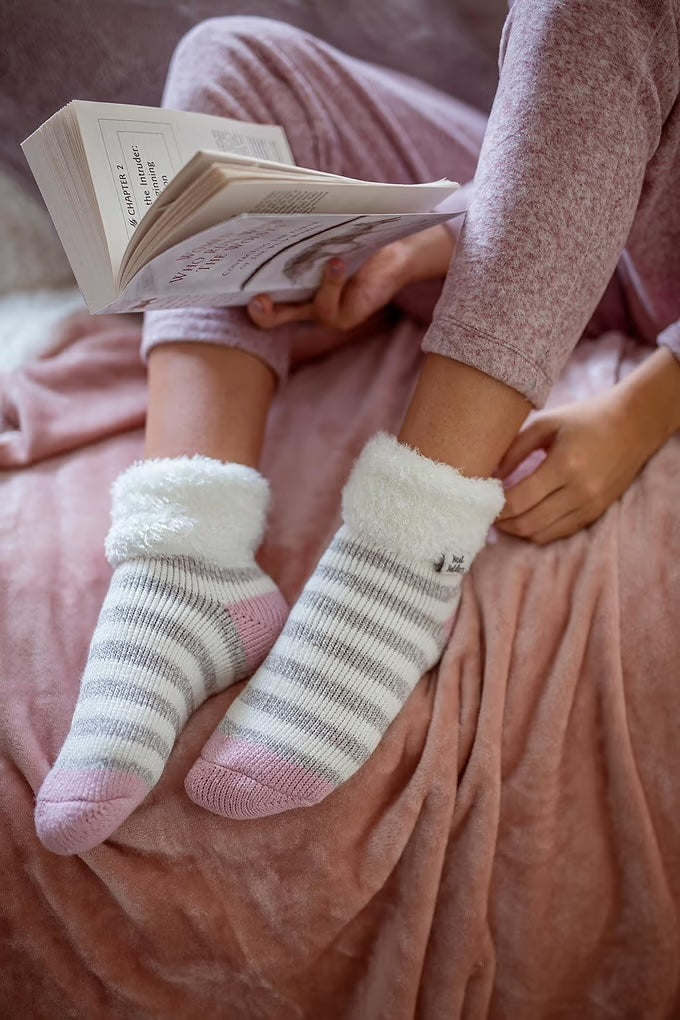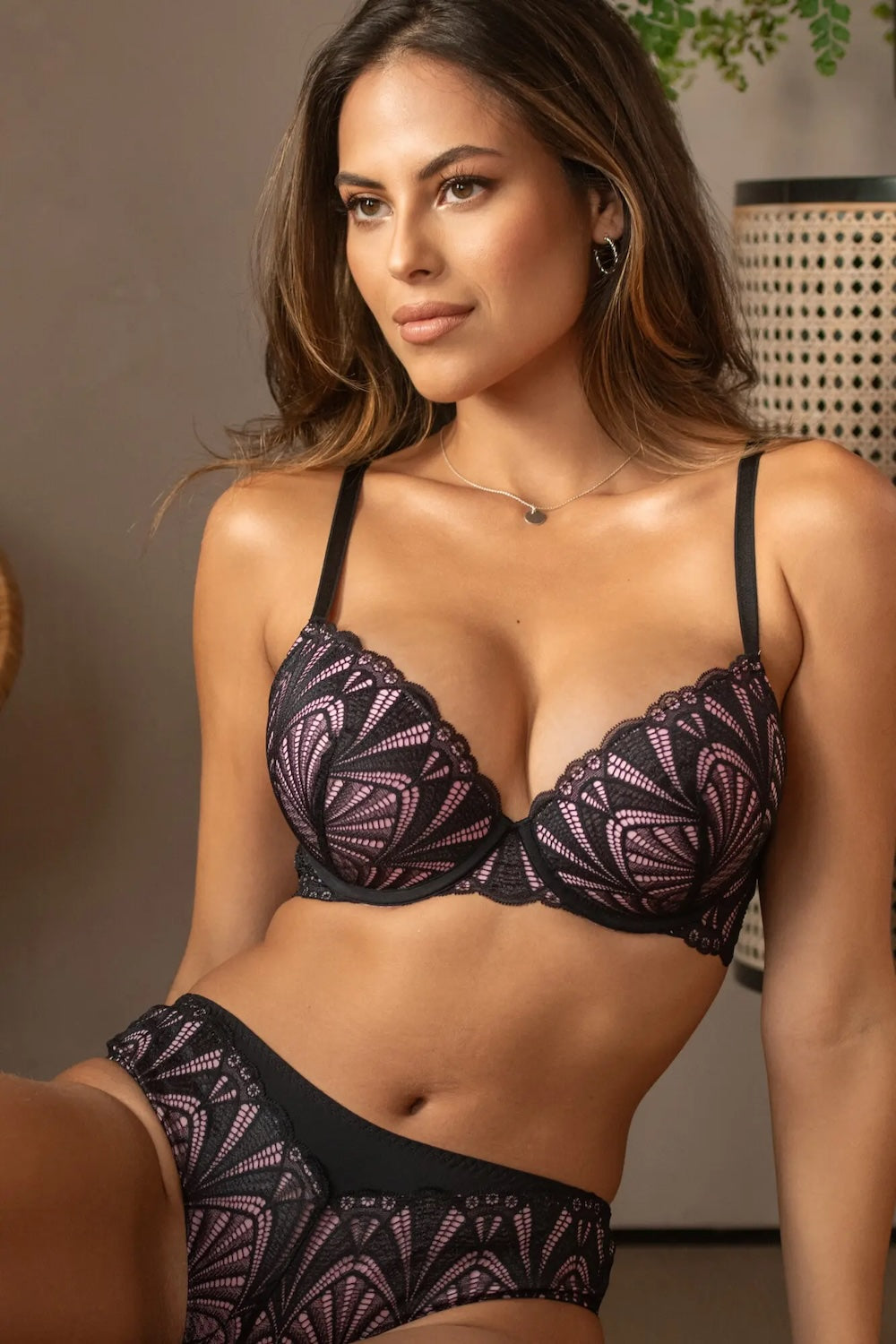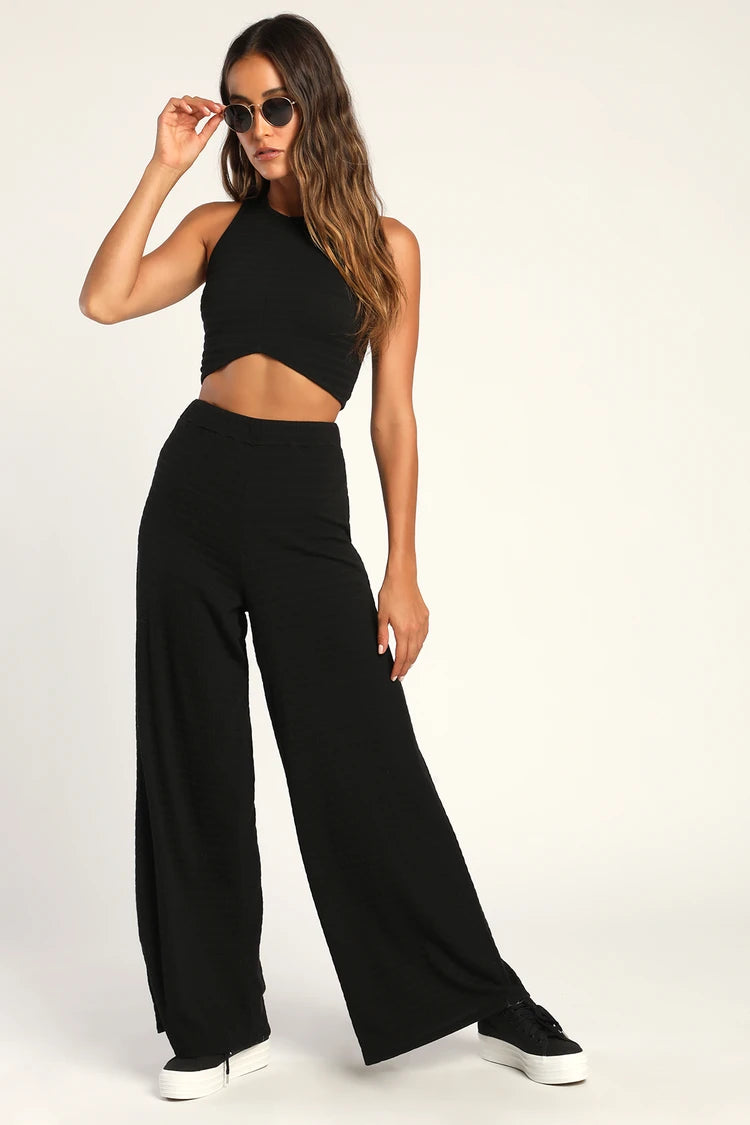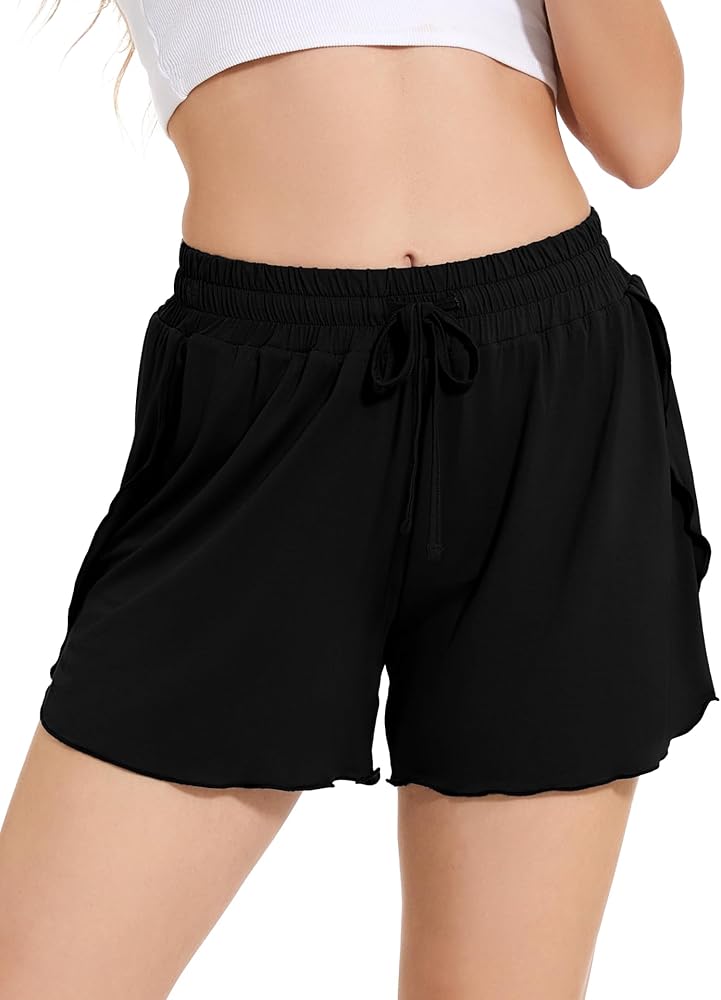Sleeping Socks: The Cozy Key to Better Sleep and Warmth

Sleeping Socks: The Cozy Key to Better Sleep and Warmth. For those who struggle with chilly feet at night or simply want to maximize comfort, sleeping socks are a valuable addition to bedtime routines. More than just cozy accessories, sleeping socks offer potential health benefits, including improved circulation, better temperature regulation, and deeper sleep. As temperatures drop or as relaxation takes priority, a good pair of sleeping socks can make all the difference in achieving restful, uninterrupted sleep.
Why Sleeping Socks Make a Difference
-
Enhanced Sleep Quality
- Studies show that warm feet contribute to better sleep by signaling the body to prepare for rest. When feet are warm, blood vessels dilate in a process called vasodilation, which helps cool down your core body temperature—a key trigger for sleep. This physiological response can help you fall asleep faster and may even improve sleep quality by reducing night-time awakenings.
-
Temperature Regulation
- Wearing sleeping socks is especially useful during colder months. While it’s common for people to experience cold extremities due to reduced blood circulation during sleep, warm socks help maintain a stable body temperature. This minimizes sudden chills or discomfort, allowing your body to focus on restful slumber.
-
Improved Circulation and Blood Flow
- Socks designed for sleep can aid circulation, particularly for those with conditions that cause poor blood flow to the feet. Keeping feet warm encourages blood flow, preventing them from getting cold or numb at night. This added warmth is beneficial for people with diabetes, Raynaud’s syndrome, or other circulatory challenges.
Choosing the Right Material for Sleeping Socks
When selecting sleeping socks, consider materials that are soft, breathable, and moisture-wicking to avoid overheating or discomfort.
-
Merino Wool
- Known for its natural temperature-regulating properties, merino wool is one of the best materials for sleeping socks. It wicks moisture while keeping feet cozy without causing overheating. Merino wool socks are lightweight, breathable, and soft, making them ideal for winter months or cooler climates.
-
Bamboo
- Bamboo socks are increasingly popular due to their softness, breathability, and hypoallergenic nature. Bamboo fibers are highly absorbent and help keep feet dry by wicking away moisture. This eco-friendly option is perfect for those seeking a lightweight, breathable sock that stays comfortable all night.
-
Cotton Blends
- Cotton-blend socks are a great choice for sleeping, as they’re soft and breathable. However, pure cotton can retain moisture, so it’s best to choose a blend with a small percentage of synthetic fibers to improve durability and moisture control. Cotton-blend socks work well in mild weather but might not provide sufficient warmth for extremely cold temperatures.
-
Fleece
- Fleece sleeping socks are ultra-warm and soft, ideal for those who need extra insulation. However, fleece is less breathable than natural fibers like wool, so these are best suited for very cold environments. Be mindful of the thickness, as it’s important to strike a balance between warmth and comfort without causing feet to overheat.
Features to Look For in Sleeping Socks
-
Seamless Design
- Seamless socks eliminate the discomfort caused by seams, especially around the toes. For sleeping, comfort is key, and seamless socks help prevent pressure points and irritation, allowing for uninterrupted rest.
-
Non-Restrictive Cuffs
- Tight cuffs can restrict blood flow, causing discomfort and potentially cold feet. Look for socks with gentle, non-binding cuffs that stay up without squeezing the leg. This allows for natural blood flow while keeping socks comfortably in place.
-
Anti-Slip Soles (if you walk around at night)
- If you tend to get up during the night, look for sleeping socks with anti-slip grips on the soles. This feature offers safety and stability on hardwood or tiled floors, preventing slips and falls while maintaining warmth.
-
Moisture-Wicking Properties
- Moisture buildup can cause discomfort and even skin issues. Opt for socks made with moisture-wicking materials like merino wool or bamboo to keep feet dry throughout the night. Moisture-wicking properties are particularly beneficial if you live in a humid climate or tend to have sweaty feet at night.
Health Benefits of Wearing Sleeping Socks
-
Reduced Symptoms of Raynaud’s Syndrome
- Raynaud’s syndrome causes areas of the body, particularly fingers and toes, to feel cold and numb in response to cold temperatures or stress. Sleeping socks can help by maintaining warmth and promoting blood flow, reducing the likelihood of discomfort and numbness.
-
Enhanced Skin Health
- Cold air can cause feet to become dry and cracked, particularly in winter. Sleeping socks help retain moisture, preventing dryness and keeping skin soft. For extra care, you can apply a hydrating foot lotion before putting on socks to maximize softness and repair.
-
Alleviating Menopausal Symptoms
- Many women going through menopause experience hot flashes and night sweats, but some also experience cold flashes. Sleeping socks can help stabilize body temperature, providing warmth during these uncomfortable temperature shifts and improving sleep continuity.
How to Properly Use Sleeping Socks
-
Pre-Warm the Socks
- For an extra cozy experience, consider warming up your socks before wearing them. Simply placing them near a heating source or using a warm dryer cycle can give you a delightful sensation of warmth, helping to induce relaxation before bed.
-
Clean and Change Regularly
- It’s best to wash and change your sleeping socks regularly, especially if you apply foot lotion or cream. Clean socks maintain hygiene and reduce the risk of skin irritations. Rotate between a few pairs to ensure you always have a fresh, cozy pair on hand.
-
Avoid Overheating
- While sleeping socks are great for cold feet, they’re not necessary if you sleep hot or in warm climates. Overheating can cause restlessness and disrupt your sleep cycle. If you tend to sleep warm, opt for lighter, breathable materials like bamboo and remove socks if you become too warm during the night.
Alternatives to Sleeping Socks
If you’re not entirely comfortable wearing socks to bed, there are alternatives that can still keep your feet warm.
- Heated Blankets or Bed Warmers: Use an electric blanket or heated mattress pad to warm the entire bed and avoid cold feet.
- Hot Water Bottles or Heating Pads: Placing a hot water bottle near your feet can help increase warmth without needing to wear socks.
- Foot Bath Before Bed: A warm foot bath before sleep can also relax your feet and promote better blood circulation, ensuring you’re comfortably warm when you get into bed.
Conclusion
Sleeping socks are a simple yet effective way to improve sleep quality, especially for those who often feel chilly at night. By choosing the right materials and features, sleeping socks can provide unmatched comfort and warmth without overheating. With benefits ranging from improved circulation to relief for common health conditions, adding a pair of high-quality sleeping socks to your bedtime routine may just be the cozy upgrade your sleep needs.
Check out our homepage Olivia Paisley


